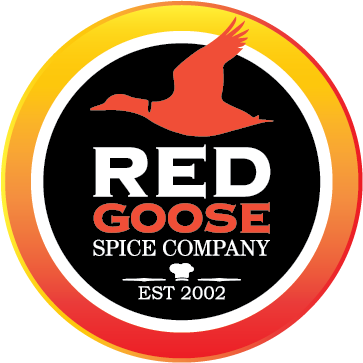Here in the States, when most of think of curry, we immediately think of a “golden colored powder”, and a few curry dishes that we may have tried, or enjoyed.
Nothing too complicated.
Maybe a Curried Lamb, or perhaps, a Curried Thai or Indian dish at favorite restaurant in town.
But there are a few misconceptions about the curry powder that you’ve come to know all of these years, and we thought we’d clear up a few of them here.
Curry 101, so to speak.
And “psssst”, don’t feel bad if you learn something new here, there are professional chef’s out there who, if they were honest, would have to admit that they don’t know much about curry’s interesting past either.
Let’s start from the beginning.
The Curry Tree is native to the Indian subcontinent and its leaves are used in many Indian and Asian dishes.

However, curry leaves, are not in curry powder.
Surprised?
Actually, curry powder is a blend of herbs and spices all its own. In fact, curry powder is kind of a “short cut” creation, replicating the spices most “commonly” used to make the traditional yellow curry from scratch as it was done in India for centuries. The yellow color coming primarily from the spice, turmeric.

And curry dishes aren’t exactly a new thing in America.
In fact, while curry dishes themselves originated in India and Southeast Asia, curry powder actually made its way to America via…. Wait for it…
Britain.
The Story…
The story goes that after the British arrived on our shores, (well before the battle for our own independence) so too did the East Indians, and with them, their passion for curry dishes.
By that time, even the East Indians living in Britain were reluctantly beginning to use a convenient, pre-blend form of curry powder made in India. Mainly due to the difficulty of finding the many different spices in the British markets that were needed to make their traditional curry blends.
Interestingly, by all accounts, the Indians back in India didn’t care much for this new powder that they were making for the Brits, choosing instead, to continue grinding it together from scratch with a mortar and pestle. Giving them the freedom to continue making their time honored, individual curry recipes from the spices that they had no trouble finding in their markets.
But they made this curry powder for the Brits anyway, and sent it along to them. In turn, that same powder came over on the ships from Britain to us here in the States (along with a bunch of men in fancy red coats with silver buttons interested in making it their permanent home.)
What was sacrificed in the process however, was the many different expressions of curry flavors treasured by cooks and enjoyed by so many in back in India.
They were mostly lost the western world for some time.
The “dumbing down” of curry by the creation of this one size fits all, “short cut” powder, became quite a sore subject back in its homeland, India.
So, in summary:
- Curry powder doesn’t use curry leaves, which are actually green. Curry leaves are however, used in some Indian cooking recipes. They are, when dried and ground, the color of…mmmm? Ground sage?
- Curry leaves don’t taste anything like curry powder.
- Curry powder is a blend of spices, not a single one.
- The curry powder we know it, is a “shortcut” form which didn’t come from India or in Indonesia by choice but rather for convenience.
So, now know a little something about the “blend” called Curry Powder. The yellow one.
But the word “curry” also became, over time, a phrase used to as much to denote a cooking style, as the flavor we associate it with. Much the way we use the term “barbecue” here in America.
For example, it’s often said, particularly in our Southern states, “we’re having barbecue tonight”, which doesn’t tell you what meat, or “exactly” how it may be cooked (although you can basically assume slowly and smoked), or even how it is seasoned.
You do however, generally know what you’re getting and generally the range of tastes.
Similarly, “we’re having curry” doesn’t divulge the meat, (but you can generally assume it’s braised or stewed), or for matter, exactly what type of curry it might be?
In essence, from a cooking style perspective, this is one cooking style…

This, is another…

So, beyond the “yellow” curry most people are familiar with, what are the other types of curries out there?
First, it’s important to mention that there are dozens upon dozens of different flavored yellow curry powders out there depending on the blends. And some curries are red in color, due to the addition of red chilis and some are even green.
All look and taste uniquely their own. But they are all curry blends.
The answer to the question it’s probably thousands. Especially if you also take into consideration the word ‘curry” as both the flavor AND a category of cooking method.
If this were a math problem, it would look something like this…
Cultural taste preferences, (Indian, Thai, African, Asian, British and so on), X the spice choices used, X ratios of each spice to one another, X Scoville (heat index) of chilis used (if any), X meats and other proteins used, X the cooking method employed.
In other words, thousands.
As such, curry has become globally popular and a welcome addition to menus of all types.
Of course, The Red Goose Spice Company not only has a fabulous yellow curry powder in stock, but we can also custom blend any recipe you have or that you might wish to create for your business or retail sales.
Contact us today to discuss how we can help you bring the ancient and historical flavor of curry to your customers.









